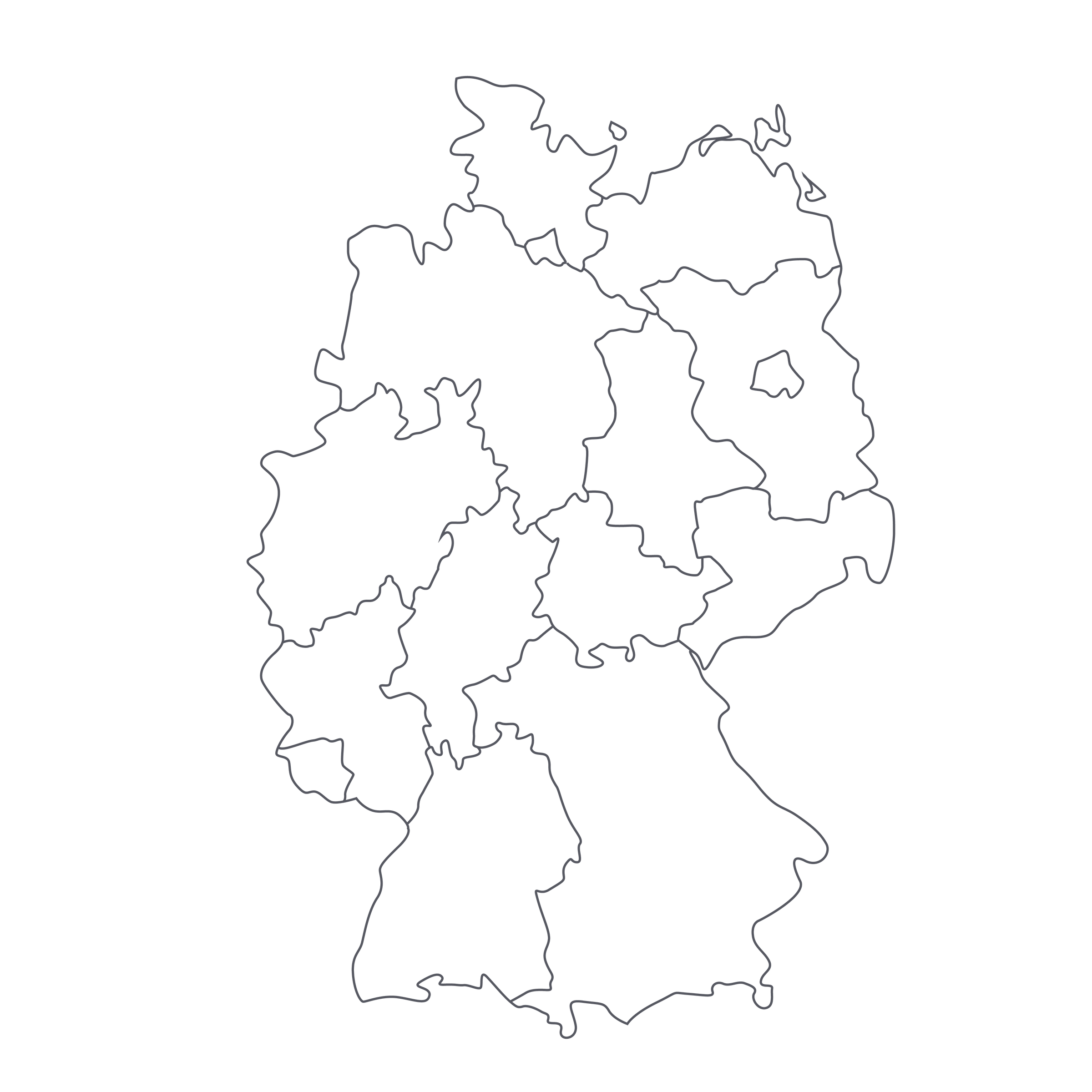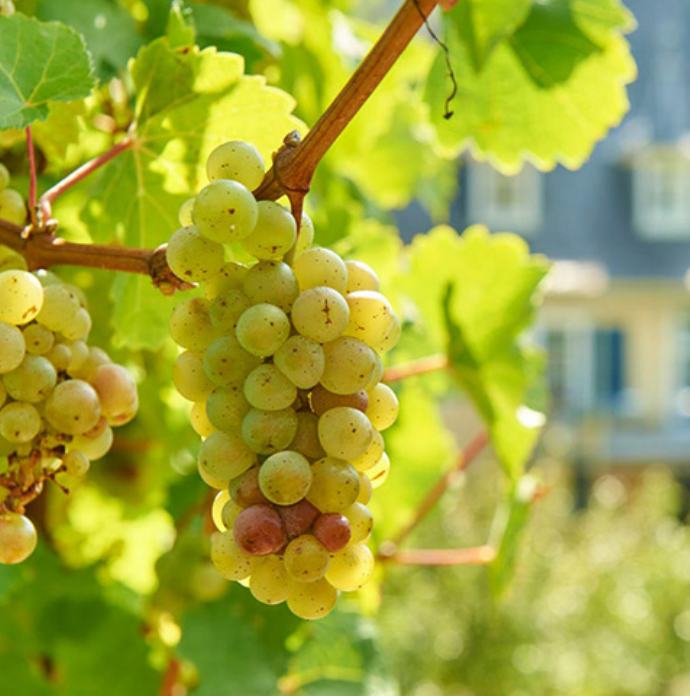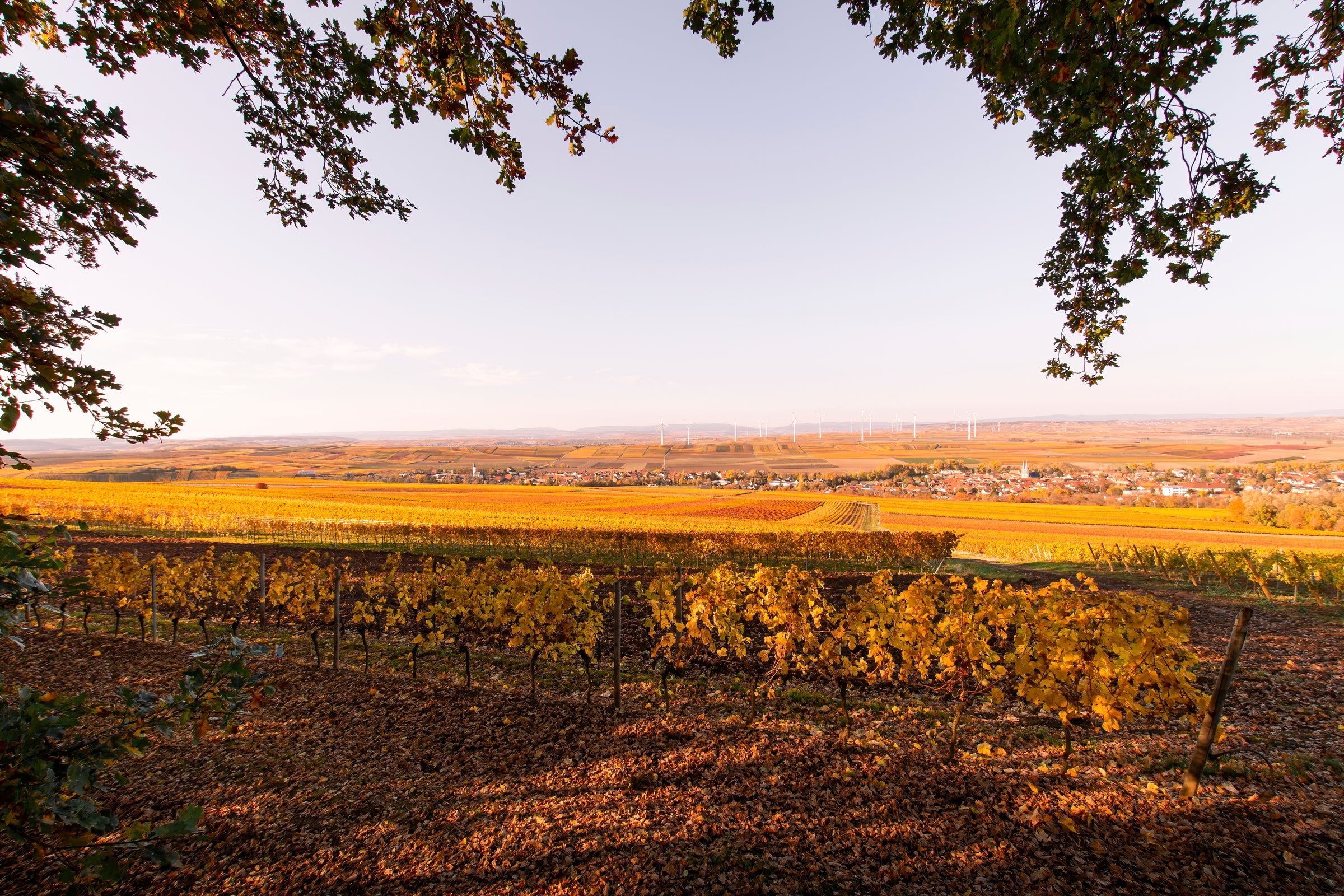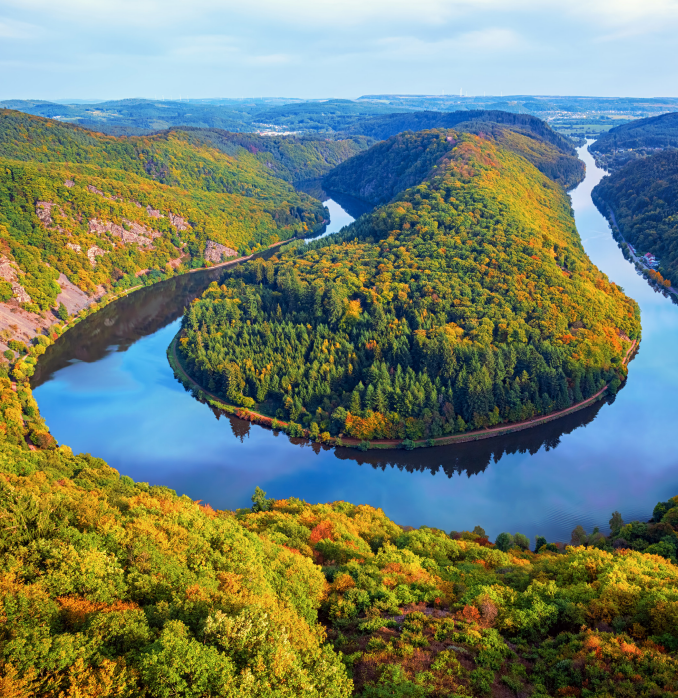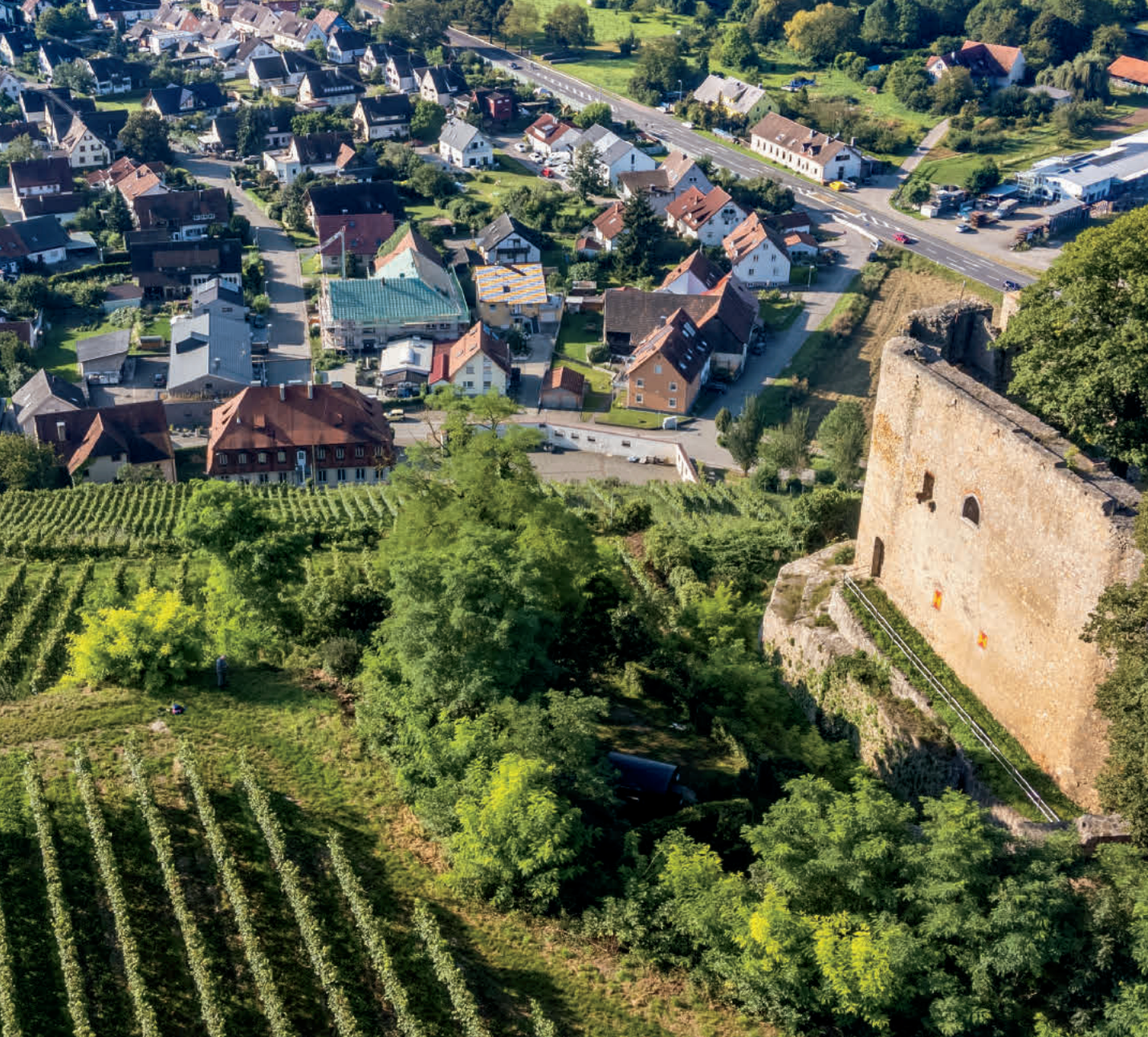It’s not an exaggeration to say that this wine is a marvel. It can compete with just about any auslese-designated Riesling at any price and it hails from one of the most coveted sites in all of Germany—“Goldtröpfchen”—although you won’t find that on its label. In its place is “Gärtchen,” a tiny independent vineyard—one acre—that is solely-owned (a monopole) by grower-producer Stefan Blees of Blees Ferber; it’s entirely surrounded by “Goldtröpfchen.”
Today’s 2015 is topped with a goldkapsel (“gold capsule”), indicating its position at the very top of Blees’ range of auslese bottlings—a delightfully, perfectly sweet Riesling, with endless layers of ripe citrus, stone, and tropical fruits promoted by an intensely fresh lift of acidity. Furthermore, the storied 2015 vintage brought immense concentration and structure for aging. All I ask is for you not to shoot yourself in the foot by purchasing just one. If you buy six, drink one every five years; if you buy three, revisit every decade; it will go the distance, exponentially delighting with each pop of the cork. You’re also not likely to find this elsewhere in the US—remember, it hails from a one acre vineyard, only 118 cases were made—and I can guarantee there isn’t a finer auslese at this price on the market. Seriously, dive in: you’ll be thrilled with what this wine offers. **NOTE: This is a 500ml bottle, slightly smaller than a ‘regular’ bottle size (750ml).
Blees-Ferber is a small, family-run estate led by Stefan Blees since taking over for his father in the 1990s. Stefan oversees roughly 25 acres of vines that are divided amongst some of Mosel’s greatest sites. He produces quite a range of wines, from sparkling to sweet, and for the latter in particular the estate has attracted considerable acclaim. Since Stefan’s takeover, quality and sustainability has consistently grown and today he and his wife continue crafting environmentally-friendly, incredibly layered wines with an eye toward affordability.
The Mosel River slices through ancient slate and is flanked by steep hillside vineyards that have been in commission for untold centuries. Perhaps the most famous of these cuts of land is Goldtröpfchen—a Fourth Century Roman press house was unearthed at the base of its hill—and over the years, it’s become the most historic and qualitatively important single-vineyard designations in Mosel. “Goldtröpfchen,” which means “little golden drops,” is an expansive single vineyard and a perfect
amphitheater that faces south-southwest in the village of Piesport. Stefan’s “Gärtchen” vineyard is harvested entirely by hand after several passes—these grapes are actually declassified beerenauslese fruit—and yields are always limited. After being shuttled to their winery in neighboring Bernkastel (yet another famous Mosel village) the grapes fermented in temperature-controlled stainless steel and were bottled after a brief aging regimen.
In the glass, the wine displays a dark yellow, nearly gold-orange with silver reflections highlighting the outer edges. There is flourishing perfume on the nose—very floral and bursting with juicy ripeness from notes of nectarine, peach flesh, tangerine, apricot, orange blossoms, Key lime, ripe mango peel, acacia, honeysuckle, and raw honey. Waves of crystalline minerality follow with crushed river rock and wet slate leading the charge. On the palate, the wine shows plenty of zest and vigor with pleasing sweetness that softly coats your mouth. Before it imbeds itself, an energizing burst of acid rushes through and transports it farther back, creating an incredibly long-lasting finish alongside tropical fruits, stony minerality, and subtle spice. I expect this wine to evolve over the course of 2-3 decades, developing more intense honeyed notes as the years pass; the perfect levels of acidity and sugar will preserve it without a problem. If consuming now, pop the cork an hour before hand and serve in Riesling stems around 55-60 degrees. Treat this wine to the attached Pad thai dish blended with your own spicy sauce.


